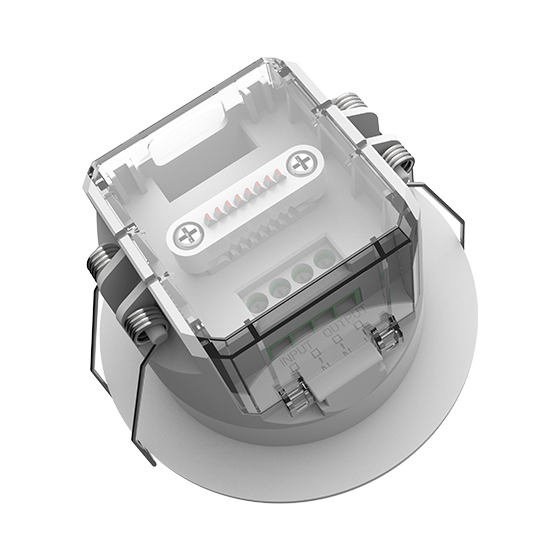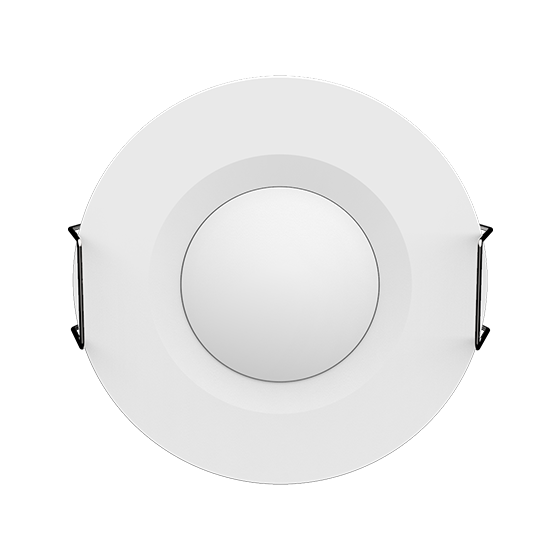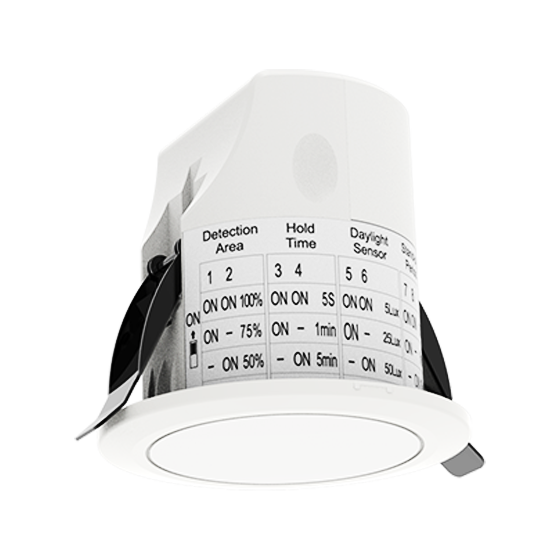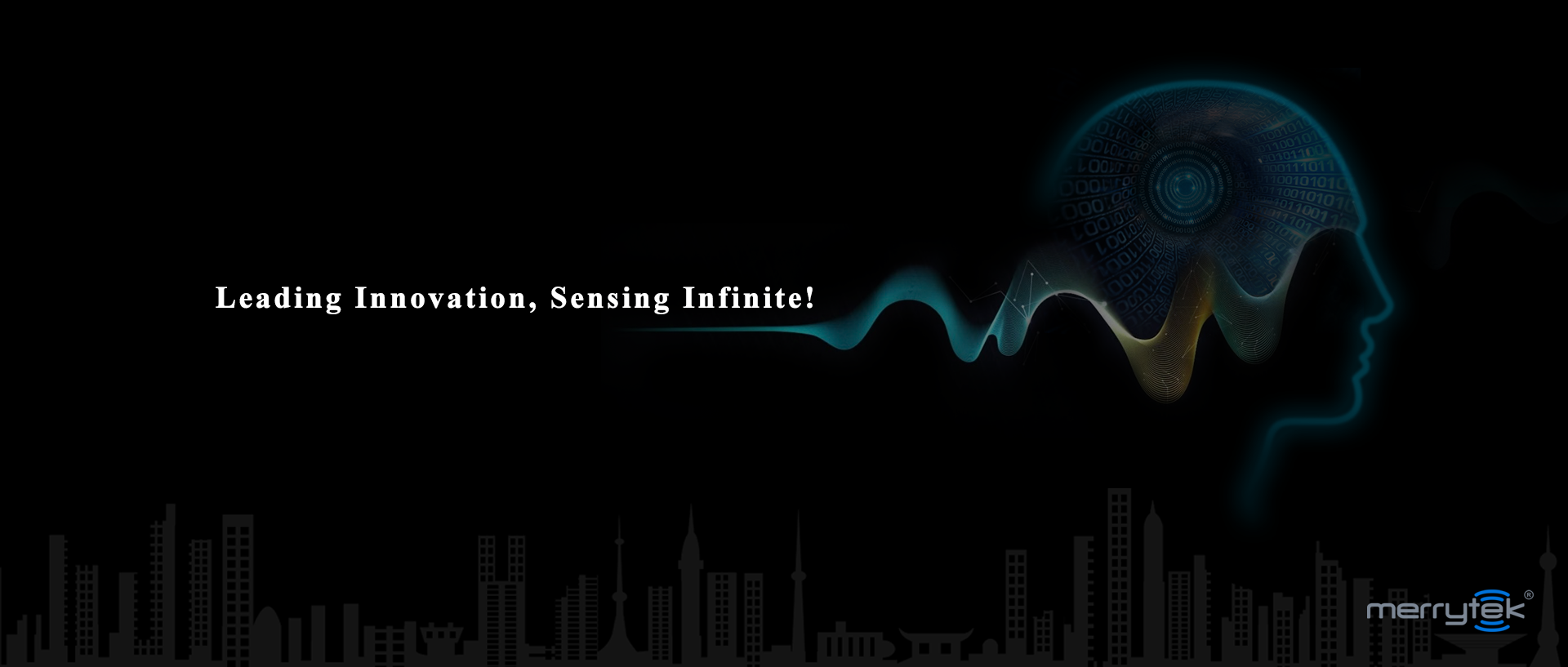Introduction to Microwave Sensor technology
Microwave Sensor technology is revolutionizing the way we interact with our surroundings. From automatic doors that magically open as we approach to energy-efficient lighting systems that respond to our presence, these sensors are quietly reshaping our daily lives. But how exactly does this cutting-edge technology work? What advantages do Microwave Sensors offer over traditional alternatives? And how can Merrytek Intelligent Technology take this innovation to new heights? In this blog post, we will dive into the fascinating world of Microwave Sensors and explore their limitless potential for a smarter, more connected future. So fasten your seatbelts and get ready for an electrifying journey!

How does a Microwave Sensor work?
Microwave sensors are a fascinating technology that have revolutionized the way we interact with our surroundings. But how exactly do these sensors work? Let's delve into the science behind it.
At its core, a microwave sensor emits microwave signals into the surrounding environment and then detects any changes in those signals. These changes can be caused by movement or motion within the area being monitored. The sensor is able to measure characteristics such as distance, speed, and direction of movement based on how the reflected microwave signals change.
The working principle of a microwave sensor lies in the Doppler effect. When an object moves towards or away from the sensor, it causes a shift in frequency of the reflected microwaves. By analyzing these frequency shifts, the sensor can determine if there is any activity detected.
One advantage of using microwave sensors is their ability to penetrate various materials like walls and glass, making them ideal for indoor and outdoor applications alike. They are also not affected by lighting conditions or temperature variations, ensuring reliable performance at all times.
These sensors find wide applications across different industries such as home automation, security systems, occupancy detection in buildings, traffic monitoring systems, and even automotive radar systems.
Incorporating Merrytek Intelligent Technology further enhances these already impressive capabilities of microwave sensors. With features like adjustable sensitivity levels and customizable detection zones, Merrytek products provide advanced control options for specific needs.
As technology continues to advance rapidly, we can expect exciting developments in Microwave Sensor technology. Improved accuracy and precision will allow for more sophisticated applications across diverse fields including healthcare monitoring systems and smart city infrastructure.
In conclusion (as per your instructions), understanding how a Microwave Sensor works opens up endless possibilities for enhancing efficiency and safety across various industries. The future looks bright for this remarkable technology!

Advantages of using Microwave Sensors
Microwave sensors offer several advantages over other types of sensing technologies. One major advantage is their ability to penetrate various materials, including walls and glass. This makes them highly effective for detecting motion even when objects are obstructed or hidden from view.
Another advantage is the wide detection range that microwave sensors provide. They can detect movement in a large area, making them ideal for applications such as security systems or lighting control in parking lots and warehouses.
Additionally, microwave sensors are not affected by environmental factors like temperature, humidity, or dust particles. This ensures reliable performance regardless of the conditions.
Moreover, these sensors offer high sensitivity and accuracy. They can detect even slight movements with precision, reducing false alarms and ensuring efficient operation.
Furthermore, microwave sensors have low power consumption compared to other technologies. This makes them energy-efficient and cost-effective in the long run.
Microwave sensors can be easily integrated into existing systems or used as standalone devices. Their compact size allows for flexible installation options while maintaining optimal functionality.
Microwave sensors provide numerous advantages that make them an excellent choice for a wide range of applications where motion detection is required. With their ability to penetrate obstacles, wide detection range, reliability in different environments, high sensitivity and accuracy levels along with low power consumption - it's no wonder why these sensors are gaining popularity in various industries today!
Applications of Microwave Sensors
Microwave sensors have a wide range of applications across various industries and settings. One common application is in the field of security systems. These sensors can be used to detect any movement or intrusion in restricted areas, such as homes, offices, or warehouses.
In addition to security systems, microwave sensors are also widely used in automatic door control systems. By detecting motion within a certain range, these sensors can trigger the opening and closing of doors without any physical contact. This not only enhances convenience but also improves accessibility for individuals with disabilities.
Another interesting application of microwave sensors is in smart lighting systems. These sensors can detect occupancy and automatically adjust the lighting levels accordingly. They ensure that lights are turned on when someone enters a room and switched off when there is no longer any presence detected.
Furthermore, microwave sensors find extensive use in traffic management systems. They help monitor traffic flow by detecting vehicles approaching intersections or pedestrian crossings. This information enables efficient timing of traffic signals and helps reduce congestion on roads.
Moreover, microwave sensor technology has found its way into agriculture as well. It is being utilized to monitor soil moisture levels and irrigation needs accurately, leading to more effective water management practices.
These are just a few examples highlighting the versatility of microwave sensor applications across different sectors ranging from security to automation to resource management. With ongoing advancements in technology, we can expect even more innovative uses for these powerful sensing devices in the future!
Different types of Microwave Sensors
Microwave sensors come in various forms and are designed to suit different applications and environments. Here, we will explore some of the different types of microwave sensors available in the market.
1. Doppler Radar Sensors: These sensors detect motion by analyzing changes in frequency caused by moving objects. They are commonly used for automatic door openers, security systems, and traffic monitoring.
2. Presence Detection Sensors: These sensors work by emitting continuous microwave signals and detecting any disruptions or changes caused by the presence of an object or person. They can be utilized for occupancy sensing in buildings, parking lots, and warehouses.
3. Resonant Cavity Sensors: This type of sensor measures changes in resonant frequency within a cavity when an object is present or moves within its range. They find applications in material level detection, liquid flow measurement, and industrial automation.
4. Short-Range Distance Measurement Sensors: These sensors use reflection principles to determine the distance between the sensor's emitter and receiver antennas accurately. They are ideal for measuring distances indoors or within confined spaces.
5.Interference-Based Microwave Sensors: By analyzing interference patterns created when microwaves reflect off objects, these advanced sensors can provide detailed information about shape, velocity, size, etc., making them suitable for surveillance systems and robotics.
Each type offers unique capabilities that make them well-suited to specific scenarios where precise and reliable detection is required.
Incorporating Merrytek Intelligent Technology with these diverse microwave sensor technologies further enhances their performance levels across various applications.

Incorporating Merrytek Intelligent Technology in Microwave Sensors
Merrytek Intelligent Technology is revolutionizing the world of microwave sensors with its cutting-edge innovations. By integrating their advanced technology into microwave sensors, Merrytek has taken these devices to a whole new level of performance and functionality.
One key aspect that sets Merrytek apart is their focus on intelligent control systems. With their expertise in this area, they have developed smart algorithms that enhance the capabilities of microwave sensors. These algorithms enable the sensors to accurately detect motion and differentiate between human presence and other objects or environmental changes.
Additionally, Merrytek's intelligent technology allows for precise customization of sensor settings based on specific requirements. This ensures optimal performance in various applications such as lighting control systems, security systems, energy management solutions, and more.
Another notable feature offered by Merrytek is their integration of wireless communication capabilities into microwave sensors. This enables seamless connectivity with other devices and systems, allowing for centralized control and monitoring.
Furthermore, Merrytek's commitment to energy efficiency shines through in their intelligent technology. Their sensors are designed with power-saving functions that intelligently adjust brightness levels based on occupancy patterns and ambient light conditions. This not only reduces energy consumption but also extends the lifespan of lighting fixtures.
With Merrytek's innovative approach to incorporating intelligent technology into microwave sensors, businesses can benefit from enhanced accuracy, flexibility, convenience, and cost savings across a wide range of applications.
The future certainly looks promising for microwave sensor technology as it continues to evolve alongside advancements made by companies like Merrytek Intelligent Technology. As we move forward, we can expect even greater breakthroughs in terms of sensitivity detection range, response time optimization,and compatibility with IoT platforms - all thanks to ongoing research efforts dedicated to further enhancing this remarkable technology.
Future advancements and possibilities with Microwave Sensor technology
The field of microwave sensor technology is constantly evolving, opening up new possibilities and advancements for its future. As researchers and engineers continue to push the boundaries of this technology, several exciting developments are on the horizon.
One area where microwave sensors hold immense potential is in smart buildings and home automation systems. With their ability to detect motion and presence accurately, these sensors can enhance energy efficiency by automatically adjusting lighting, heating, and cooling based on occupancy. This not only saves energy but also provides more convenience for users.
Another promising application lies in the automotive industry. Microwave sensors have the capability to improve driver safety by detecting obstacles or pedestrians in a vehicle's blind spot. Integrating this technology into advanced driver assistance systems (ADAS) could greatly reduce accidents caused by human error.
Furthermore, there is growing interest in utilizing microwave sensor technology for healthcare purposes. Researchers are exploring how these sensors can be used to monitor vital signs such as heart rate or breathing patterns without direct contact with the body. This non-invasive approach has the potential to revolutionize patient monitoring in hospitals or even enable remote health monitoring at home.
As we look ahead, it's clear that microwave sensor technology has a bright future filled with countless possibilities. From enhancing energy efficiency in buildings to improving road safety and transforming healthcare monitoring – there are endless opportunities waiting to be explored with this innovative technology.
Conclusion
Microwave sensors have revolutionized the way we interact with and utilize technology. With their ability to detect motion and measure distance, these sensors have found applications in various industries, from home automation to security systems. Their non-contact nature and high accuracy make them a preferred choice for many smart devices.
Throughout this article, we explored the working principle of microwave sensors and discussed their advantages over other sensing technologies. We also delved into the different types of microwave sensors available in the market today.
One prominent player in this field is Merrytek Intelligent Technology, which has successfully incorporated advanced features into its range of microwave sensors. By integrating cutting-edge technology like built-in daylight harvesting capability and intelligent control options, Merrytek has enhanced the functionality and efficiency of these sensors.
Looking ahead, microwave sensor technology holds great promise for future advancements. As research continues to push its boundaries, we can anticipate even more sophisticated capabilities such as improved sensitivity and increased energy efficiency. This opens up exciting possibilities for applications in areas such as healthcare, automotive safety systems, robotics, and beyond.



